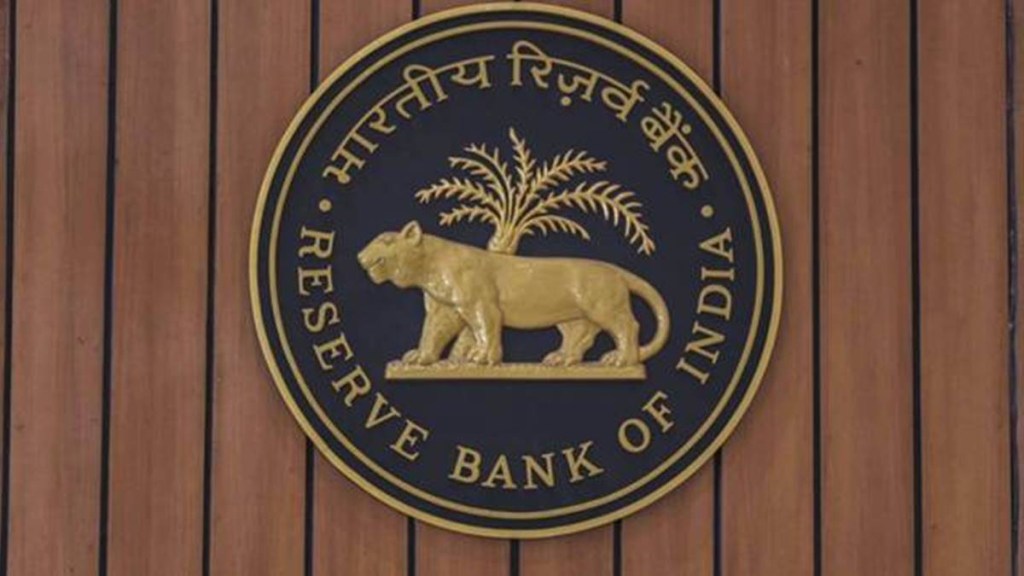The Reserve Bank of India’s Monetary Policy Committee is expected to start easing from December 2024 and is most likely to keep the policy stance unchanged until easing begins, stated a report by Barclays. “We continue to expect the RBI to start easing from December 2024. We also expect the policy stance to be kept unchanged until easing begins, as the RBI will likely be wary of signalling a pivot through an earlier move to neutral, in line with its stated preference of not providing forward guidance in times of uncertainty,” said Shreya Sodhani, Regional Economist, Barclays.
“We continue to expect only two rate cuts by the MPC in this cycle, in December and in Q2 25, although we note risks of a delay to the start of the cuts. This is despite major global central banks likely to ease faster and more,” she added.
Earlier on August 8, RBI Governor Shaktikanta Das had announced that the MPC decided to keep the benchmark repo rate unchanged at 6.50 per cent for the ninth consecutive meeting, citing persistent food inflation as a key concern. Of the six members of the MPC, while four voted in favour of the decision, two members, Dr Ashima Goyal and Professor Jayanth Varma, did not agree to the repo rate remaining steady at 6.50 per cent. However, Barclays noted that while the two external MPC members voted for rate cuts, this was the last meeting for all three external members, with their replacements expected to be announced by late August or September.
The RBI has stayed on hold for the past 18 months and the August meeting was the 50th meeting of the RBI Monetary Policy Committee since its inception in September 2016.
Urgency to cut rates remain low
The RBI governor advocated patience and focused on maintaining disinflationary policy. Per Barclays, with updated quarterly inflation projections reducing the likelihood of an October cut, the central bank is expected to start rate cuts from December. The governor, Barclays stated, continued to note resilience in growth, amid ‘stubborn’ food inflation. There was also a continued emphasis on maintaining vigilance and a disinflationary policy to bring down inflation closer to target.
The governor flagged the need for the monetary policy outlook to keep an eye on food inflation trends, likely a response to recent questions about the divergence between all-time low core inflation and high food inflation, especially with the Economic Survey 2023-24 talking about core inflation vs headline as a target for monetary policy. Barclays report explained, “While the governor said that transitory food inflation can be looked through, the current bout of high food inflation is persistent and has led to higher inflation expectations. Indeed, with the high weight of food in the CPI basket, and household expectations mainly a function of food and fuel prices, the governor cautioned against focusing away from food inflation lest expectations should create a spillover effect into wages and thereby core inflation.”
The central bank also raised its forecast trajectory for inflation in the near term, despite noting positives like a normal monsoon, high reservoir levels and good sowing that bode well for kharif output as well as food inflation. “A durable decline in inflation seems only a story for after Q3FY25, as the bank increased its inflation forecasts for Q2 and Q3FY25. Additionally, the bank sees broad-based resilience in growth, with a rural consumption recovery emerging while urban demand remains steady supporting buoyancy in the services sector,” stated Barclays.
Just days after the MPC announcement, data released by the National Statistical Office (NSO) showed that India’s retail inflation, based on the Consumer Price Index (CPI), plunged to a 59-month low of 3.54 per cent in July, due to the statistical effect of a high base.
Talking about possible scenarios, Barclays said that for a cut to come earlier than December 2024, the bank would also need to see growth momentum slow from current levels. In this respect, the bank’s communication on the growth indicates that it does not expect any significant moderation in activity. On the other hand, contingent on the bank’s macro forecasts, Barclays noted a risk that rate rate cuts may be delayed until next year, with the bank retaining the option of staying on hold for longer, in line with its emphasis on attaining price stability. The bank’s inflation forecasts show a reduction in Q4FY25 and Q1FY26, highlighting the possibility of rate cuts being backloaded, it said.
Outlook on growth and inflation
The RBI kept its FY25 inflation forecast unchanged at 4.5 per cent (Barclays: 4.3 per cent). This was in line with our expectations. “While the annual average FY25 forecast was kept unchanged, we note that there were sizable changes made to quarterly forecasts compared with the June MPC. In particular, the central bank expects increased inflationary pressures in Q2FY25 (July-Sep), raising its inflation forecast to 4.4 per cent. The Governor stated that the moderation in inflation in Q2 is likely to reverse in Q3FY25, which was reflected in the bank’s higher forecast for Q3, to 4.7 per cent (+10bp). Its inflation forecast for Q4FY25 was revised downward to 4.3 per cent (-20bp), while Q1FY26 inflation is expected to be 4.4 per cent,” stated Barclays.
Meanwhile, the growth outlook was positive across the three main sectors – agriculture (from good monsoon), manufacturing (supported by domestic demand) and services (maintaining buoyancy).

